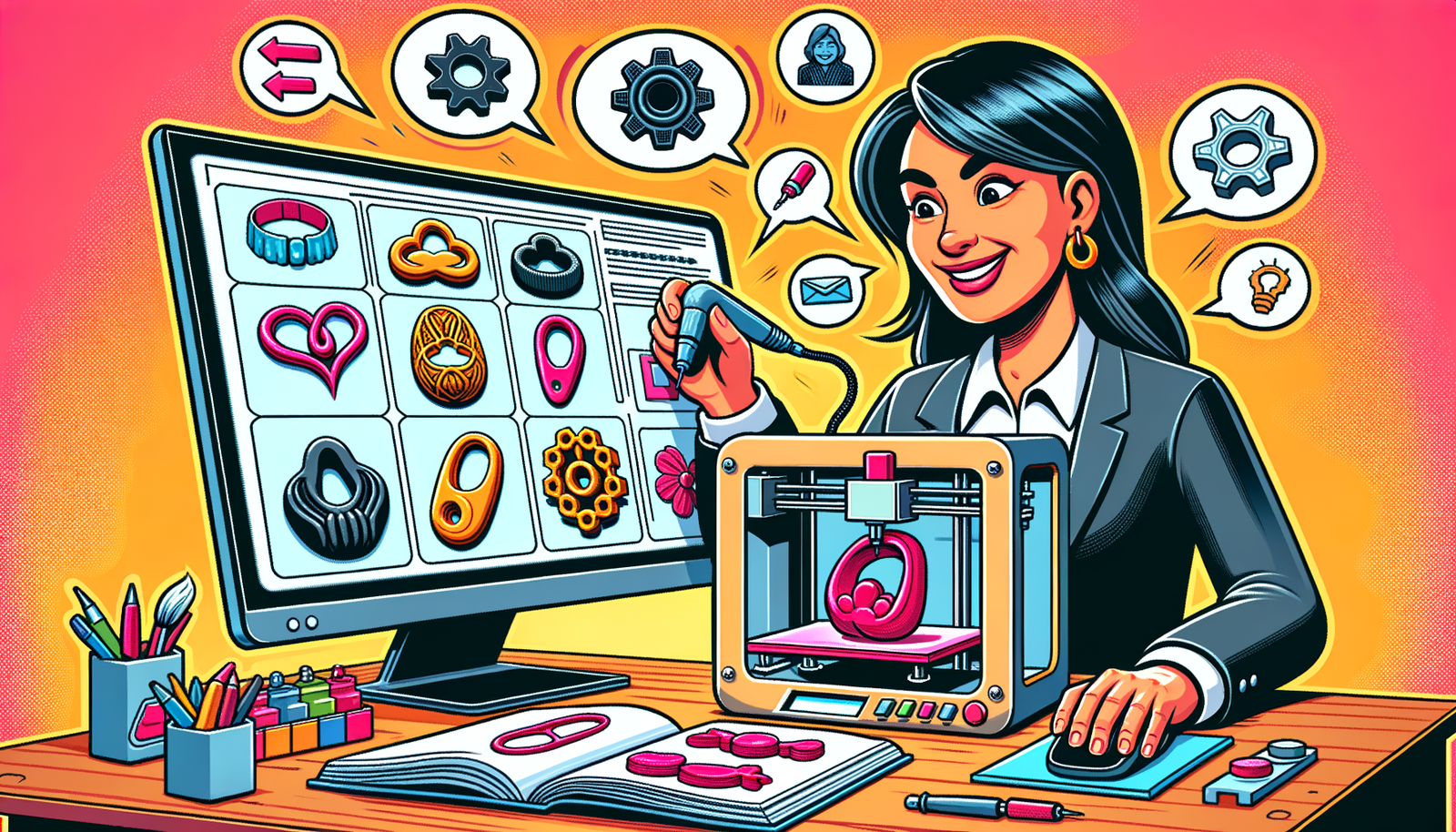Your Cart is Empty
Customer Testimonials
-
"Great customer service. The folks at Novedge were super helpful in navigating a somewhat complicated order including software upgrades and serial numbers in various stages of inactivity. They were friendly and helpful throughout the process.."
Ruben Ruckmark
"Quick & very helpful. We have been using Novedge for years and are very happy with their quick service when we need to make a purchase and excellent support resolving any issues."
Will Woodson
"Scott is the best. He reminds me about subscriptions dates, guides me in the correct direction for updates. He always responds promptly to me. He is literally the reason I continue to work with Novedge and will do so in the future."
Edward Mchugh
"Calvin Lok is “the man”. After my purchase of Sketchup 2021, he called me and provided step-by-step instructions to ease me through difficulties I was having with the setup of my new software."
Mike Borzage
Advancing Customization in Product Design: The Role of Design Software and Additive Manufacturing
June 13, 2024 2 min read


Introduction to Customization and Personalization in Product Design
Customization and personalization in product design refer to the strategies and processes that tailor products to meet individual customer preferences, needs, or requirements. Unlike mass-produced items, personalized and customized products offer a unique value proposition, aligning closely with the consumer's identity or specific desires. This shift towards more personalized products marks a significant change in consumer demand, challenging traditional product design strategies to evolve and accommodate customization at various levels.
Advancements in Design Software Enabling Customization
Recent years have seen remarkable advancements in design software, with several tools emerging as frontiers in the push for product customization and personalization. These include:
- Adobe Dimension for realistic 3D imaging and product visualizations.
- Autodesk Fusion 360 for integrated CAD, CAM, and PCB software, facilitating parametric design.
- SolidWorks for detailed engineering designs, offering custom parts and assemblies.
These tools leverage customer data, enabling designers to create products that cater specifically to individual users or market segments. Innovations such as AI-driven design suggestions, parametric design flexibility, and user interface adaptations allow even those without extensive design background to participate in the customization process.
The Process: From Concept to Consumer
The integration of customization into product design follows a meticulous process, encompassing:
- Understanding the customer's needs and preferences.
- Using design software to translate these needs into viable product designs.
- Employing additive manufacturing techniques, such as 3D printing, to produce these tailored products.
- Ensuring that the design can be scaled and is economically viable for mass customization.
Key considerations include scalability, cost, and production time, with additive manufacturing playing a pivotal role in enabling bespoke variations without the need for extensive retooling or adjustments in traditional production lines.
Challenges and Future Directions
Despite the promise of customization, several challenges remain. These include technological limitations, increased production complexity, and the need for supply chain adaptation. However, emerging technologies such as blockchain for secure customization data and augmented reality for immersive customization experiences offer potential solutions. Looking ahead, the future of customization in product design appears to hinge on the continuous evolution of design software and manufacturing technologies. Balancing innovation with sustainability and ethical considerations will be imperative in delivering personalized products that not only meet individual preferences but also align with broader societal values.
Also in Design News

Rhino 3D Tip: GPU Optimization for Rhino Render (Cycles), V-Ray, and Real‑Time Plugins
January 01, 2026 2 min read
Read More
Cinema 4D Tip: Efficient Lookdev Iteration Using Cinema 4D Picture Viewer History
January 01, 2026 2 min read
Read More
Revit Tip: Standardized Revit Export for Reliable Navisworks Clash Detection
January 01, 2026 2 min read
Read MoreSubscribe
Sign up to get the latest on sales, new releases and more …


